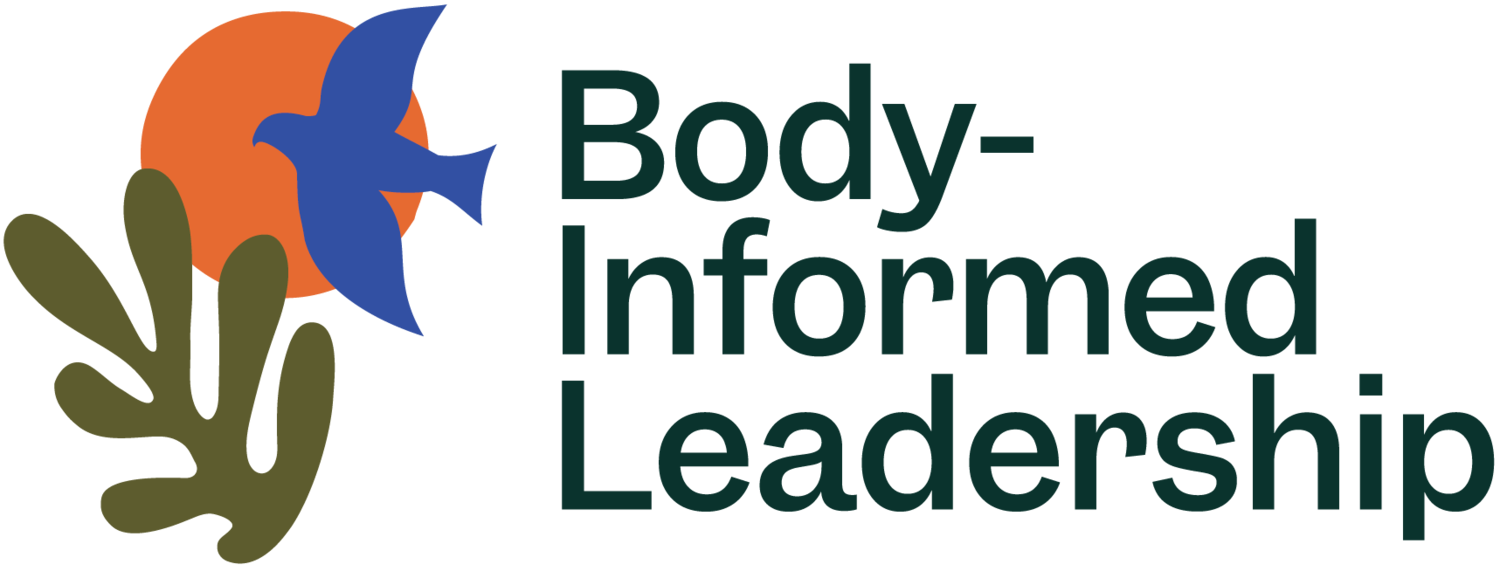My Story
Folks have been asking me how I came to be doing this work ... Here's a bit about my journey thus far.
June, 2018
I grew up in the big city of Toronto, Canada. I was blessed to have loving parents and a stable home; and yet, from my earliest days, I carried a feeling of disorientation which at times utterly overwhelmed me. I saw in myself and others such potential for joy, creativity, care, and compassion, and yet these very qualities seemed to be suppressed by the human-created world around me: a world in which there was such evident and systemic inequality, and where, despite the best of intentions, people seemed continuously to hurt and be hurt by each other.
I felt profound, inescapable grief – and at times, even outrage – for this disorientation and for the loss of something beautiful I couldn’t quite name. Because this suffering (my own and that of my fellow humans) wouldn’t go away, my only choice was to step directly into it and to involve myself in work that brought me closer to a sense of truth. Over the years I volunteered and worked for a number of First Nation-run organisations campaigning for social and environmental justice and community wellbeing. I completed an immersive Master's program in Somatic Psychology. And then, many years ago, while working as a trauma-oriented psychotherapist in Canada's far North, I was invited to support an indigenous community in their process of healing from the intergenerational impacts of Canada's "Indian Residential Schools."
The week-long program was one small part of the community's journey; for me, however, it was a pivotal experience. I was deeply moved by the community's sense of togetherness and for their apparent acceptance, understanding and care for each other - all of which seemed to create a necessary container in which generations of trauma could be sensitively unpacked, witnessed, and even healed. Somehow, this touched the heart of my own grief. Although theirs is a different culture and lineage than mine (I'm mostly British, ancestrally), I had a strong sense that what they were holding and healing – and how they were holding and healing it – was relevant to the work I felt called to offer to my own people.
And yet, who were my people? This was a complex question. Having been many generations in Canada on both sides of my family, I don’t identify culturally with my British ancestors. I am descended from colonizers, from waves of immigrants desperate for a “new start,” who tried (and as we are now learning, failed) to leave their histories behind them. Simply identifying as “white” also didn’t help to surface the common thread I was searching for … but there was something about “Whiteness” that felt significant; something perhaps symbolized or embodied by white people, but which I sensed ran much deeper. I came to identify this deeper phenomenon in terms of the dynamics of dominance/submission.
"My people," I realized, are those who, due to inherited, systemic, or more recent trauma and/or due to being conditioned by privilege, have learned to respond to life events by "getting bigger" than them (dominating them) or by "getting smaller" than them (submitting to, or being victimized by them)."
"My people," I realized, are those who, due to inherited, systemic, or more recent trauma (from colonization, war, or other widespread violence) and/or due to being conditioned by privilege (both of which, I believe, dysregulate the Autonomic Nervous System) have learned to respond to life events by either “getting bigger” than them (dominating them) or by “getting smaller” than them (submitting to, or being victimized by them). This formulation has been named in many ways by many people. Most comprehensively, the renowned author Riane Eisler describes how the cultural dynamics of dominance/ submission first arrived on the Eastern European scene around 3,500 BCE and crept their way Westward, colonizing previously indigenous societies, and generally transforming Europe's relationship to power.
As a body-based and trauma-oriented psychotherapist, I became fascinated by the way that dominator dynamics seem to be rooted in particular ways of relating to our bodies’ sensate signals. Disordered Attachment, Complex PTSD, addiction, depression, abuse: all of the themes I encountered so pervasively in my private practice and in the world around me suddenly became the threads of a shared cultural narrative, one which told an ancient story of brutal disconnection, terror, and loss, and which was being transmitted – and re-created – generation by generation at the body-based, non-verbal level – and being continuously reinforced in the outside world by the systems that it generated.
My experience in Canada’s far North gave me an understanding of what community-wide healing and transformation could look like. More specifically, it showed me that some wounds can only be healed and transformed in the context of community: within the understanding that each group member has a responsibility to the other and is part of a shared story. Only then can the past be re-visited and held in such a way that it transforms the present. Once I identified the bond that connects “my people” I was ready to begin the work of creating opportunities to gather those people in community, and to embark together on a healing journey.
"Some wounds can only be healed and transformed in the context of community: within the understanding that each group member has a responsibility to the other and is part of a shared story. Only then can the past be re-visited and held in such a way that it transforms the present."
The result is “Body-Informed Leadership.” Body-Informed Leadership programs are immersive events in which a strong community container is created in which participants are supported to disentangle domination dynamics from their brain-bodies, and to sense, feel, and physically move their way towards more connective, creative and collaborative ways of relating within themselves, and with each other.
